Nakayama is in between Narita And Haneda International Airport
<クッキーについての同意並び欧州居住者向けプライバシーポリシー>
中山・下総・散歩道
The Poet Hakushu Kitahara and His House Shiensosha
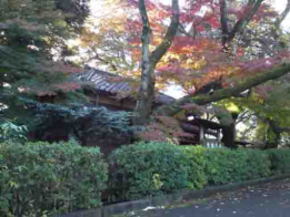
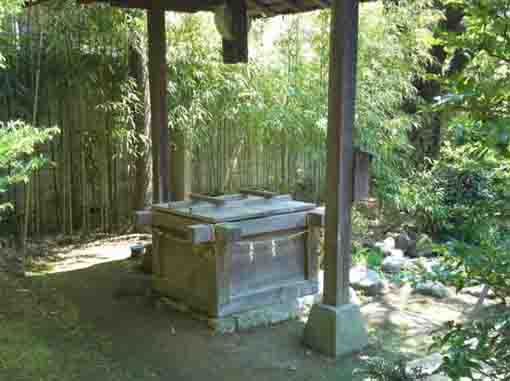
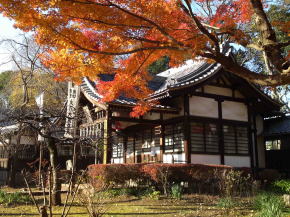
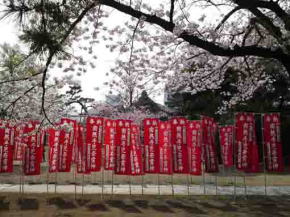
Hakushu Kitahara, the famous poet from Taisho Era to early Showa Era, had lived in Kameiin Temple in Mama Ichikawa for a month in May 1916 then he moved to Koiwa in Edogawa-ku across Edogawa River and next to Ichikawa city. Shiensosha was his house named by himself and the house is preserved in Satomi Park in Ichikawa city. Visitors could enter into it when it is fine. Hakushu Kitahara created several tanka poems during the month in Mama that was his poorest days in his life. Shiensosha shows the life in Showa era, it is brightly decorated with millions of cherry blossoms in spring and with millions of colored leaves in fall.
Kameiin Temple where once Hakushu Kitahara lived has a well called 'Mama no I' that appears in the legend of the beauty Tekona in Myriad Leaves. Tekona Reishindo Hall stands on the south of the temple dedicates the lady Tekona. And Mamasan Guhoji Temple built by Gyoki Bosatsu stands behind the temple was very popular in Edo period. It was introduced in Meisho Edo Hyakkei by Hiroshige as a noted spot viewing colored leaves in fall. And the cherry tree called Fushihime Sakura in the temple has been very famous.
Why don't you visit them while you are reading the poems written by Hakushu Kitahara?
The Noted Spots Connecting With Hakushu Kitahara
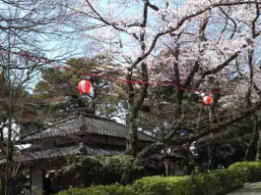
Shiensohsa in Satomi Park
The housse of Hakushu Kitahara preserved in Satomi Park.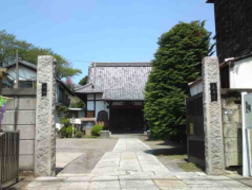
Kameiin Temple
Once Hakushu Kitahara lived in this temple.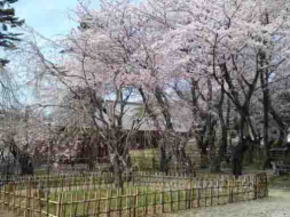
Mamasan Guhoji Temple
The noted spot of cherry trees and colored lives stands behind Kameiin Temple.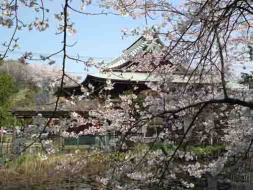
Tekona Reishindo Hall
Tekona the famous lady appears in Myriad Leaves is dedicated in this temple.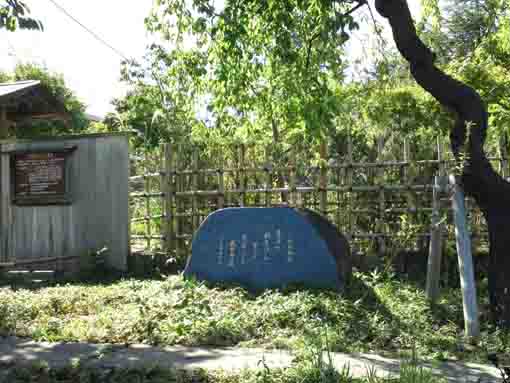
Kowatei for Tea Ceremony
Hakushu Kitahara lived in this town and his manument stands beside it.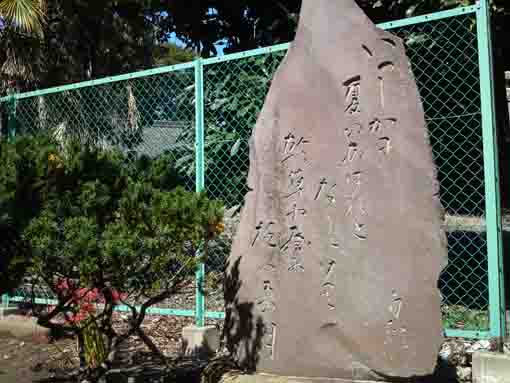
Hachiman Jinja in Kitakoiwa
Hakushu Kitahara lived near it and his monument stands beside its torii gate.- 広告 Advertisement -
